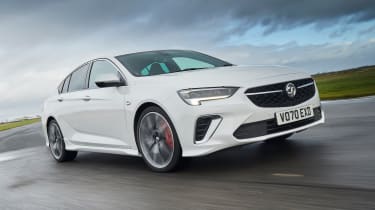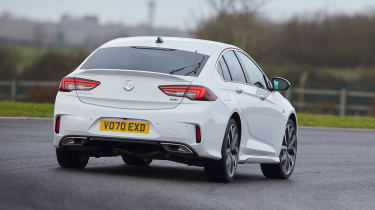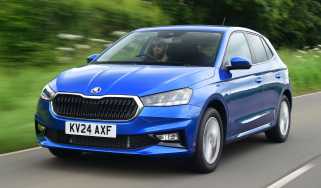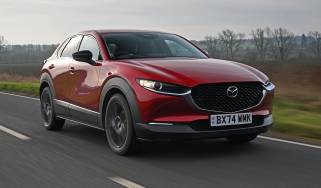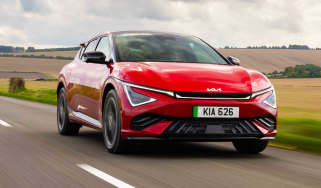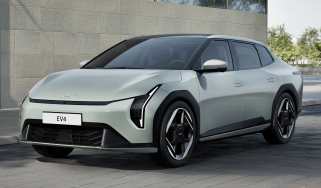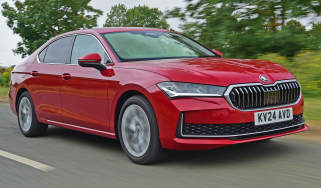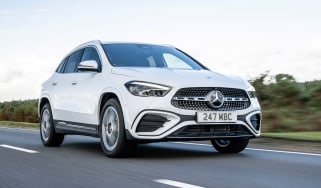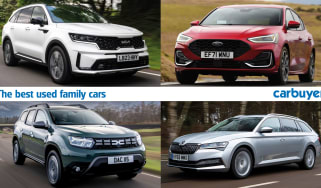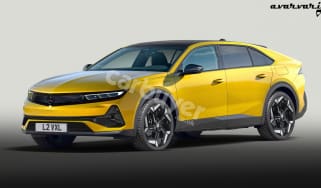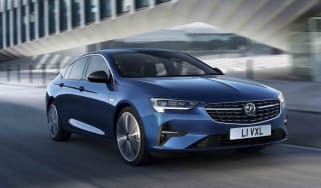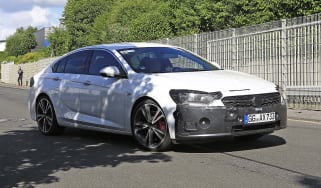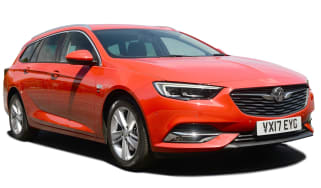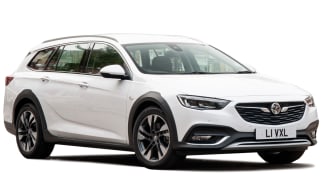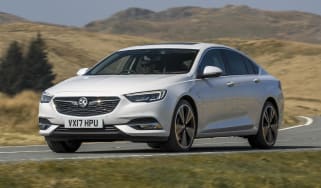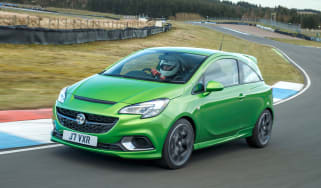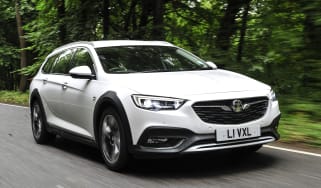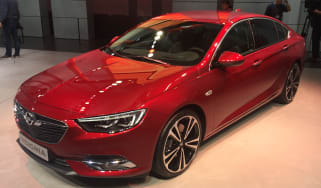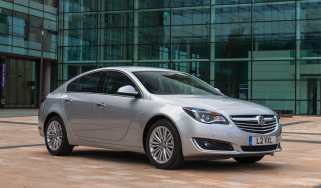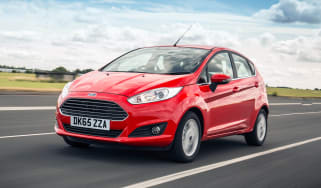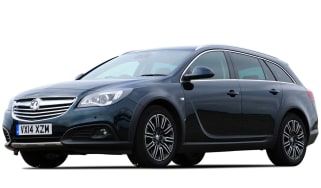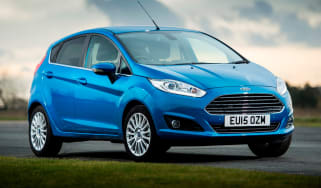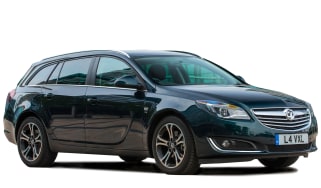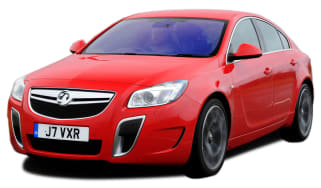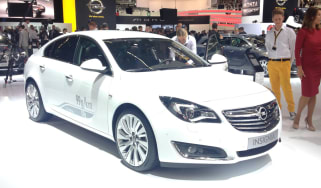Vauxhall Insignia hatchback review (2017-2022)
"The Vauxhall Insignia now struggles against newer rivals, especially without a hybrid option"
Pros
- Reasonable value
- Enjoyable to drive
- Spacious
Cons
- Lacks premium brand image
- No plug-in hybrid model
- Petrol engine is thirsty
We used to recommend the Vauxhall Insignia to anyone who wanted a large family car that offered great value, economical engines and lots of equipment. It still has its merits, but now Vauxhall’s Ford Mondeo rival can’t compete with its direct rivals, nor the wave of mid-size SUVs.
The Insignia doesn’t have the visual pizazz of the Peugeot 508 and Mazda6, and it doesn’t offer as much space as a Skoda Superb. Crucially for the company-car drivers the Insignia has traditionally found favour with, there’s no hybrid option; and now diesel is more heavily taxed the Insignia makes little sense to business users. It’s unlikely that the hybrid engines from the Vauxhall Grandland will make it into the Insignia.
Cars like the Insignia and the Mondeo have fallen out of favour in recent years, with buyers instead opting for more upmarket models like the Audi A4, BMW 3 Series and Mercedes C-Class. This has led sales of more mainstream large family cars to dwindle, with brands like Nissan, Renault and Citroen discontinuing their models in this segment altogether. Instead manufacturers have turned to crossovers and SUVs, with models such as the Ford Kuga, Nissan Qashqai, SEAT Ateca and Skoda Karoq hoovering up customers.
More reviews
A facelift in early 2021 gave the Insignia a midlife refresh and saw the ‘Grand Sport’ part of the name dropped. The model line-up was simplified and a tweaked range of engines and upgraded technology was introduced, but prices have risen and the car is no longer very good value.
When the car was launched in 2017, prices started at just £17,115, less than some versions of the Volkswagen Polo. Now, you need at least £30,000 and, while the remaining trim levels are better-equipped, it means the Vauxhall no longer holds the value card like it once did.
Despite this, the latest Insignia is an accomplished car. It’s lighter than its predecessor and is very practical.
You can also count a full roster of safety kit and handy Apple CarPlay and Android Auto smartphone connectivity among the car's attributes.
Diesel engines have traditionally been popular in cars of this size and the entry-level 120bhp 1.5-litre three-cylinder is very capable, officially managing over 60mpg when matched with a manual gearbox. However, it needs to be worked hard to make progress, with 0-62mph taking 10.7 seconds. The more powerful 172bhp 2.0-litre four-cylinder diesel is available on the GS Line (previously SRi Nav) trim level, making it considerably more expensive to buy. It's also capable of over 60mpg, and offers better performance, taking 8.2 seconds to get from 0-62mph.
Vauxhall’s 2.0-litre petrol engine is available on GS Line, and is best suited to drivers who don’t have high annual mileages. A 227bhp version was fitted to the GSi sporty version when it was available, along with the 197bhp option that’s still on sale. Both engines are fitted with a nine-speed automatic gearbox, and the GSi had four-wheel drive. The 197bhp version is a costly proposition at a smidge less than £40,000, but is the only petrol engine available as of January 2022. Both these versions manage 0-62mph in around seven seconds, with claimed fuel economy of 30-37mpg.
Approaching the Insignia, it’s immediately apparent that this is a big car. It’s only 4cm shorter than the latest BMW 5 Series from the class above, and is a similar width as well. It’s also a very low car; Vauxhall has dropped the driving position by three centimetres compared to the last Insignia.
The low-slung design gives it a direct sense of connection with the road, which is matched by the overall driving experience. The steering is nicely weighted and communicates what’s going at the wheels, the suspension firmness is well-judged and you get a strong sense that the lessons learned from the latest, sharp-handling Vauxhall Astra have been passed on to the larger Insignia. Among front-wheel-drive rivals, though, the latest Skoda Superb feels a little sharper to drive, while the rear-drive BMW 3 Series remains the handling champ.
The Insignia’s significant stature means interior space is excellent in general, with huge amounts of legroom – front and back – and a well-shaped boot. Rear headroom is a little tight thanks to that low profile, however, and while the Insignia may come close to matching the cavernous Skoda Superb for interior space, the Superb’s greater height means its back seats are more comfortable for taller adults.
Vauxhall now offers just the two trim levels with the Insignia, down from five. Even the old entry-level SE Nav cars are very well equipped, with LED headlights and high-beam assist, all-round parking sensors, cruise control, a leather steering wheel and a seven-inch infotainment touchscreen, complete with sat nav, Bluetooth, Apple CarPlay and DAB radio. The current entry model, Design, gets a bigger touchscreen, plus 18-inch alloy wheels and heated seats. GS Line brings huge 20-inch wheels, adaptive headlights and a digital instrument cluster.
The pre-facelift version of the Insignia achieved the full five stars in Euro NCAP’s independent safety assessments, helped by the standard fitment of lane-keeping assistance and an autonomous emergency braking system that works at urban speeds.


